|
Car: 1996 Camry, 4 cyl., 5S-FE, Auto Trans., 191000 miles Hey Everyone, While doing my timing belt and oil seals change, I also removed the Vacuum Switching Valve (VSV) for the EGR. I diagnosed it to make sure it's functioning properly, and then I relocated it to a more convenient location. I took pictures and thought I might share this experience with you guys ================== REMOVAL ================== First, I jacked up the front of the car, secured it with stands, and bocked the rear wheels. I removed the passenger side wheel and the protective cover/splash guard:  The EGR VSV is bolted in the middle of the engine, below the intake plenum. You can get to it (and see it) from the passenger side wheel well. 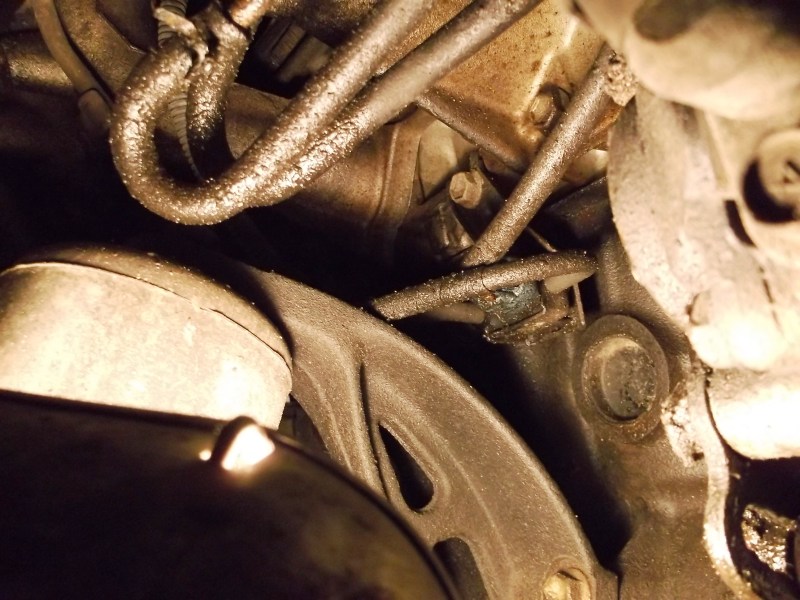 The VSV is held to the engine block with a 12 mm bolt. There is an electrical connection and two vacuum tubes going into it.  First, I removed the electrical connection by pressing down on the tab and at the same time pulling the connector (gently) off: 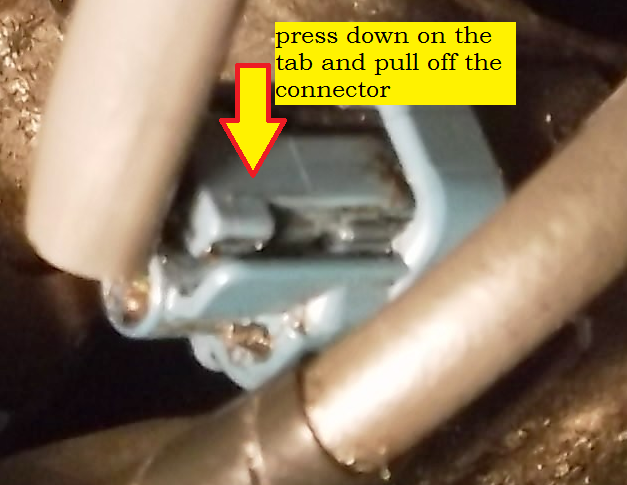 I fished out the electrical connector:  Next I tried to slide off the vacuum tubes, but they were really stuck! So I grabbed a small plier and gently twisted the rubber back and forth a little...gently: 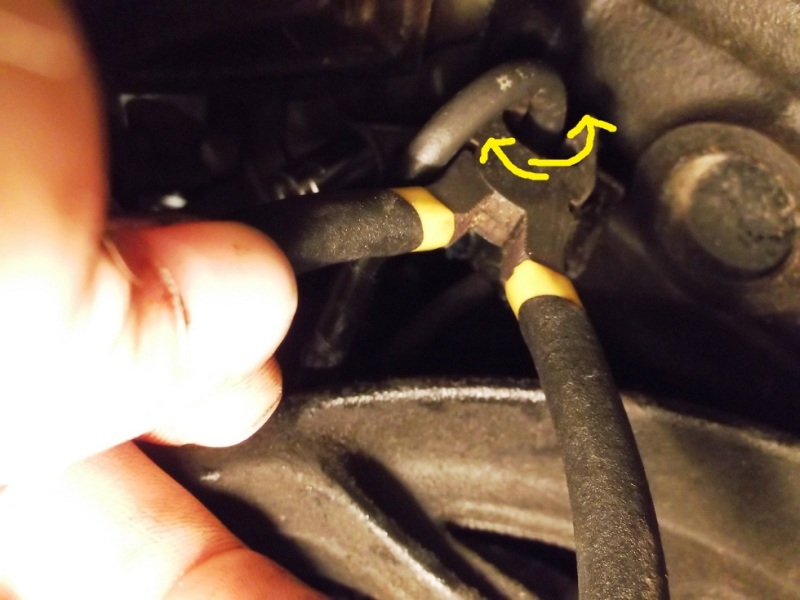 Before removing the two vacuum tubes completely, you need to make sure that you know where these two hoses go back on the VSV. On my hood, I have a vacuum routing diagram. I am sure most people have a diagram like this: 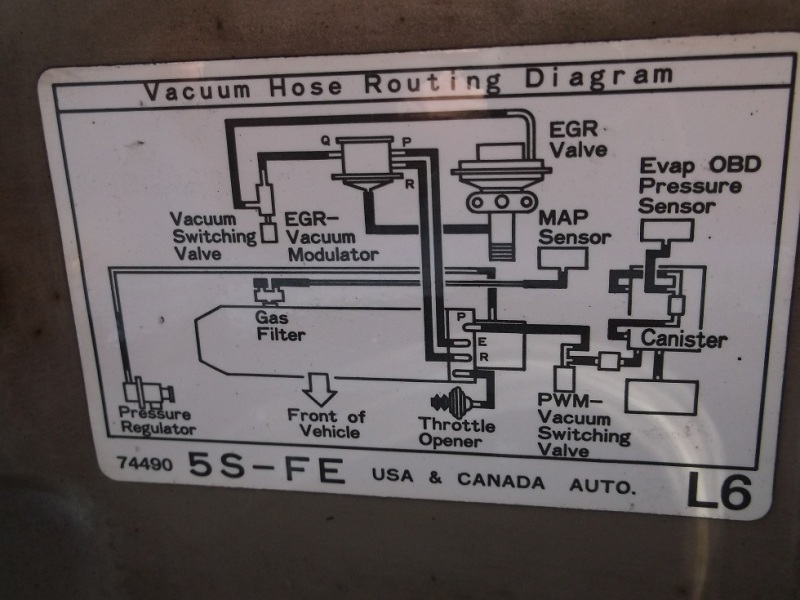 This will ensure that you will put the hoses back on the right place on the VSV. With the electrical connection and the two vacuum hoses disconnected, I put on a 12 mm socket (with 6 points, to prevent rounding the bolt) and the driver. No extensions are necessary: 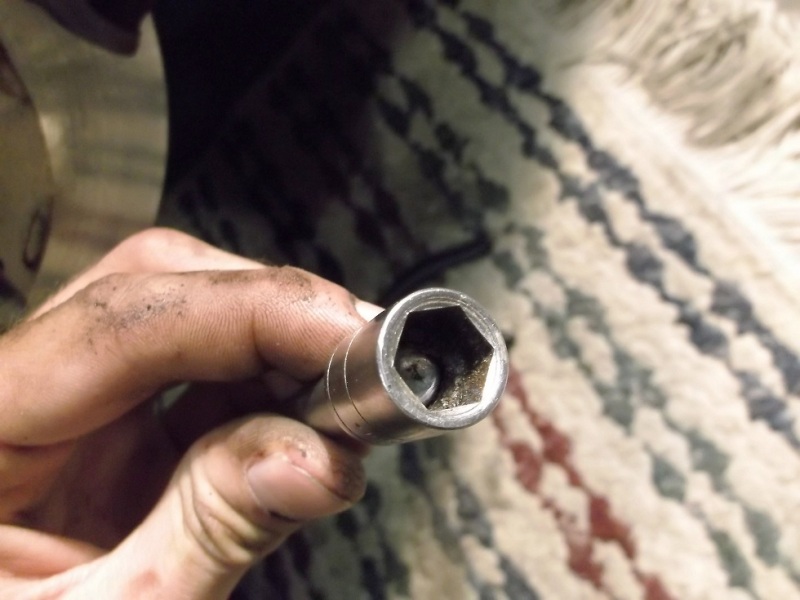 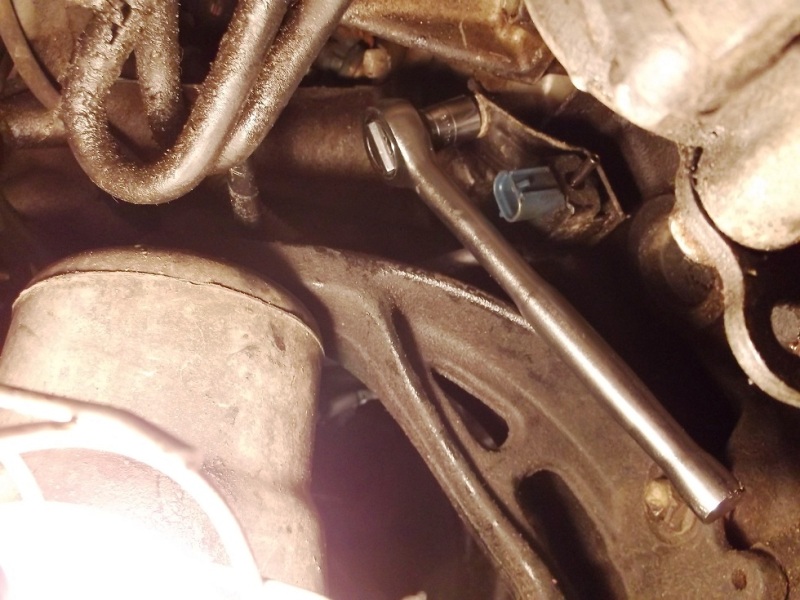 With only my right hand up by the engine, I was able to loosen the bolt. It wasn't stuck on there like most bolts on this engine.... ....and here she is:  Now, the most difficult part of this project was fishing out the two disconnected vacuum hoses. These two hoses are jointly put into a larger rubber tube (I guess for protection).  I went down in the passenger wheel well and used my left hand and wiggle the large rubber hose...and gently tried to see if it would come out:  It did...but notice that there is a plastic tab on it. It must have been secured to the engine or something...I don't know... mine was already partially disconnected:  Next, I took the VSV to my workbench and tried to clean it as much as possible:  ================== DIAGNOSIS ================== I then connected my multimeter to the two connector and looked at the resistance values. The resistance should be between 33 and 39 ohms:  I also made sure there is no continuity between the connectors and the body:  Next, I blew air into port "E" and felt the air flow freely out from port "G":  Next, I connected the car battery to the two connectors. I made some little connectors by cutting down a rectangular shaped connector:   Make sure that the two connectors don't touch each other! With the battery connected, I blew air into port "E" and verified that air flows out through the filter (round black thingy)...and no air flows through the "G" port. Also, when attaching the battery, you should hear a distinct CLICKING noise! Lastly, verify that the two vacuum hoses that go to the VSV are not clogged. ================== RELOCATION ================== My VSV successfully checked out. Next, I looked for a new location. The best one I found was right next to the top part of the strut assembly:   There is a 10mm bolt that holds part of the diagnostic port. Remove the bolt:  Before attaching the VSV, I straightened the little tab out:  ...and attach the VSV. I tightened the bolt till snug.  ...and connect the electrical connector and the two vacuum hoses, on correct ports. For me, the "E" port goes to the top of the EGR valve, and the "G" port goes to the "Q" port of the modulator. 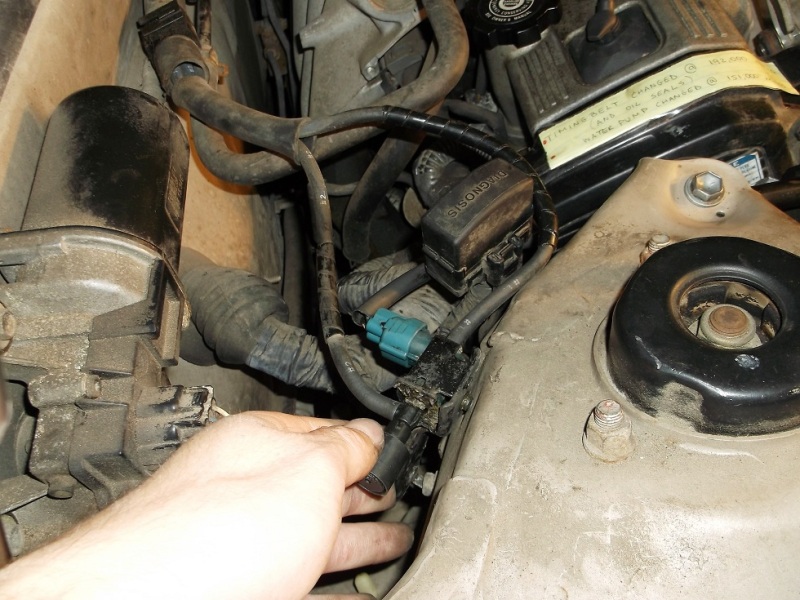  I left the two hoses inside the bigger hose and just twist-tied it to MAP vacuum line:  I didn't shorten or cut any vacuum lines...although this hose on the "Q" port is curved the way I have it situated...I hope it won't be a problem in the future: 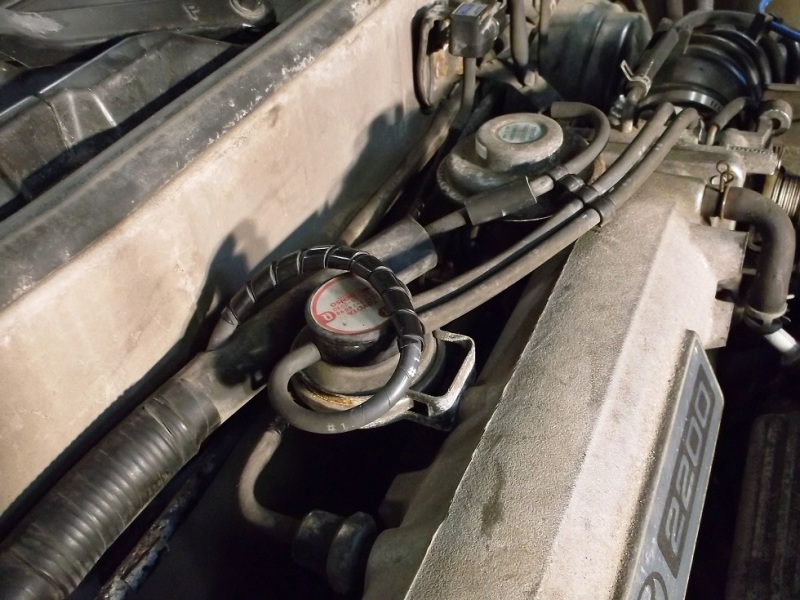 The bolt that held the VSV down on the engine block can be put back into its original location....I didn't. I don't think that this will cause any problems. EDIT: The bolt is too short to provide additional support in holding the intake plenum to the engine:  Reinstall the splash guard, wheel, and lower the car. The End! Submitted by xxx@******.com Revision 0 Article submitted on 20 Dec 2014 Viewed 13933 times |
|
|
||||